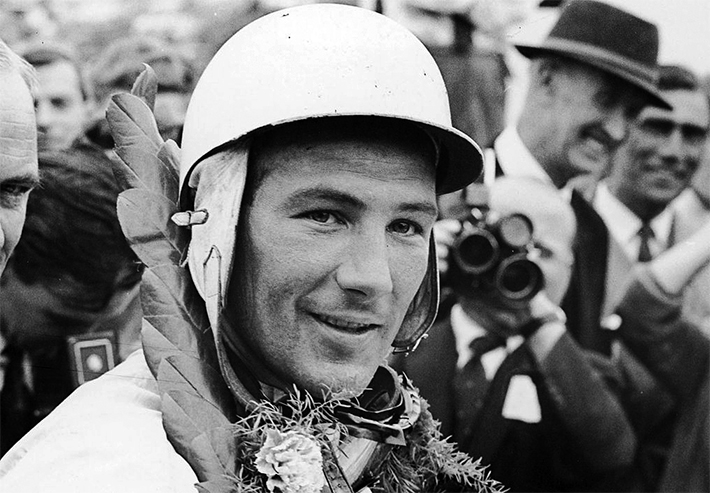Stirling Moss Biography
In the United States when you hear the name Mario Andretti the first image that comes to your mind is auto racing. The same can be said for Stirling Moss on the “other side of the pond.” Moss was born to racing with both parents involved in motorsports. His father Alfred Moss raced at Brooklands and when his studies took him to America he raced at Indianapolis. His mother competed in various trials and rallies. At the age of nine his father bought him an old Austin Seven in which the young Moss would drive around the fields surrounding their home.
The family was also involved in horses and competitive riding which saw Stirling and his sister Pat entering various horse show competitions. While his sister continued to compete Stirling’s heart lay more in horsepower of the mechanical variety. Despite being a natural athlete he suffered from various childhood health problems including a kidney affliction which made him medically unfit for National Service. This would later involve some controversy before his father had his medical records published. While motorsports ran through the family it was soon time to consider a proper career.
No Subscription? You’re missing out
Get immediate ad-free access to all our premium content.
Get Started



